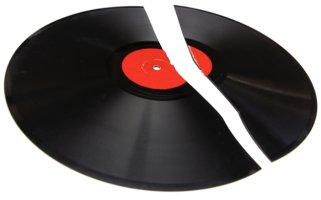Awesome, I think me having zero exp in Photo Mechanic makes me appreciate your (and Jeff's) skills more!Photo Mechanic is THE culling and ingesting tool. It is so fast it is ridiculous. You can scan through images nearly as fast as you take them, certainly multiple a second. When you cull high numbers of burst shots you know the compositions and players or moments you are looking for so 80% don't even get a look in for fast delivery. The last 20% can be scanned through for peak action very quickly. EXIF is entered in batches with minimal changes to players names etc. Edits are again basically batch corrections for exposure or lightening shadows and a gentle crop for straightening horizons.
I can turn around 20 images from a 3,000 shot event in a hour (not the 14 minutes Jeff can but thats why he is successful and I am here) using Lightroom. I can also spend two days processing a single 'hero' shot for a discerning client.
Upvote
0

